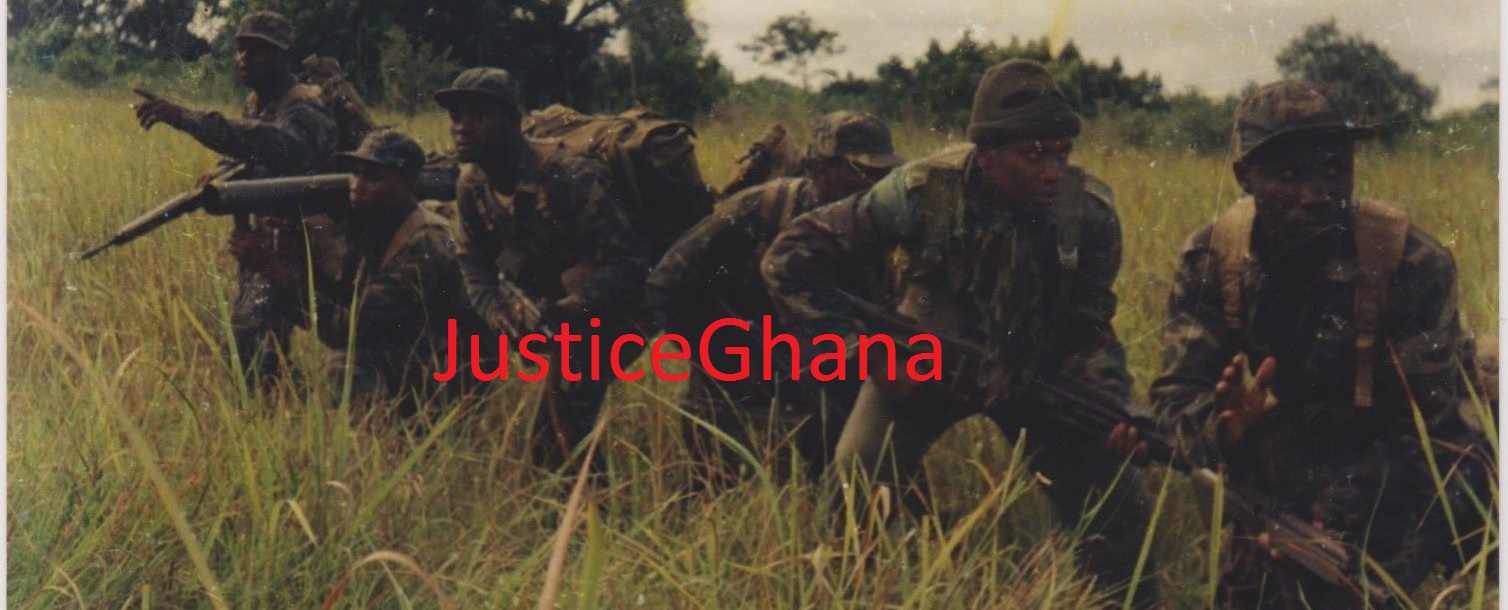Welcome
....to JusticeGhana Group

JusticeGhana is a Non-Governmental [and-not-for- profit] Organization (NGO) with a strong belief in Justice, Security and Progress....” More Details
ANLO-EWE
- Details
- Parent Category: Our Country
- Category: History
- Created on Saturday, 23 May 2009 00:00
- Published Date
- Hits: 4159
 ANLO-EWE
ANLO-EWE
Location
The Anlo-Ewe people are today in the southeastern corner of the Republic of Ghana.
History
According to oral history, the Anlo-Ewe people settled at their present home around the later part of the 15th century (1474) after a dramatic escape from Notsie, an ancestral federated region currently within the borders of the modern state of Togo. The escape and subsequent resettlement are commemorated in an annual festival known as Hogbetsotso Za.
Earlier settlements were established along seamless stretches of white sandy beaches of the Atlantic ocean, from what is now the international border between Togo and Ghana and due west to the eastern shores of the Volta river. Names assigned to some of the settlements - Keta, which means "the head of the sand," Denu, which means "the beginning of palm trees" etc. - echoed the natural endowment and beauty of the landscape they were to call home.
The close proximity of the settlements to the sea, however, offered no safety from the frequent raids for slaves by European slave traders who would navigate their ships easily to the shores of the ocean for their human cargos. The memory of these raids and the loss of entire settlement populations have been deeply imprinted on the Anlo-Ewe consciousness through the holdings of oral tradition such as folklore, myths and songs. A mass migration northward and the establishment of lagoon island settlements begun as a necessary security against becoming a slave in some strange land.
The Keta lagoon became central to the early evolution of the Anlo-Ewe traditional state. Its shallow waters were not navigable by the large slave ships and provided a much needed buffer-zone between the settlers and the aggressive slave traders.
Development of small scale marine commercial activities for sustenance began immediately. These activities included the construction of canoes for fishermen who navigated the lagoon for usable fishing sites and canoe landings. Hunters used the canoes to explore other islands and the inlands north of the lagoon for games, drinking water, farm lands and new settlement sites. Farmers shuttled by the canoes between the islands and the fertile inlands to cultivate crops. The canoe shuttle became an important tradition and a major means by which commodities and information flowed freely between the settlement
Culture: Dance-drumming is an integral part of this community life and an important necessity in the pursuit of the collective destiny, perhaps the essence of their shared experience. Everybody participates. Non participation amounts to self excommunication from society as a whole and carries with it severe consequences in a similar manner as non performance of some civic obligations in other cultures of the world.
The most severe penalty for non participation is to be denied a proper burial. Receiving a good burial is extremely important to the Anlo-Ewe. In contrast to other societies of the world that demonstrate the importance of having a good burial by buying funeral insurance from commercial funeral homes, the participation of the Anlo-Ewe in the collective and shared experiences of the community is the only insurance towards receiving the proper burial.
The degree of participation by each individual, however, varies and reflects a hierarchy of relative importance among the performers. This hierarchy has the elders at the top representing the chiefs and the leadership of the community. The male elders are called vumegawo and the female elders are called vudadawo. Their principal role is to provide a source of authority and advice insuring an orderly and systematic performance according to the shared traditions of the community and the entire traditional state.
The second level of the hierarchy is held by the composer (hesino), the master arts man, who is responsible for the creation of the distinct texture that forms the characteristic dance-drumming style. He is followed directly by the lead drummer (azaguno), another master arts man, who guides the entire ensemble in performing the various shared traditions of good dance-drumming.
The next level of the hierarchy includes: (a) Tonuglawo (ring-leaders), consisting of some more experienced participants with leadership potentials, who inspire and exhort the performers along the performance arena and provide them with examples that they emulate. (b) Haxiawo (supporting song leaders), who assist the composer in leading and directing the singing. (c) Kadawo, the whips of the musical community who enforce discipline and secure the attendance of the community members at every performance.
The fifth level of the hierarchy is occupied by the supporting drummers who assist the lead drummer in the performance of the various musical guidelines. The rest of the ensemble occupies the lowest level of the hierarchy. Their main roles are to sing, dance, and at times accompany themselves with rattles and hand claps.
**Information and image kindly provided by CK Ladzekpo
Credit Africaguide.com




